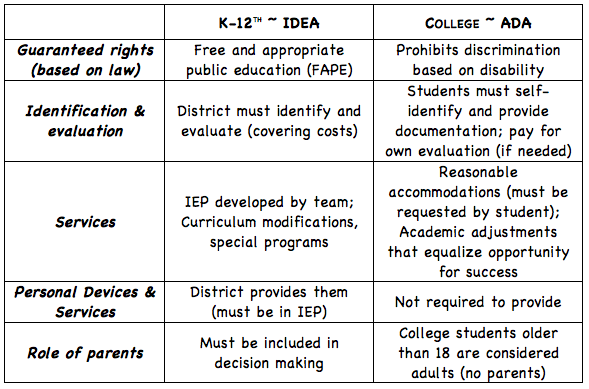Present Level of Academic Achievement and Functional Performance: Joey is a 20 month old with
developmental delays. He is beginning to respond to visual and auditory action
toys and laughs or makes sounds when a toy is activated. He will sometimes
reach out to attempt to make the toy move again. Joey’s parents are happy to
see him responding to toys and beginning to make sounds, but would like to see
him making more attempts at communicating his wants and participating in turn
taking games with the family.
Annual Goal: Joey will use a switch or voice output device to actively
participate in play experiences to communicate interests to his parents or
other caregivers in four out of five opportunities.
STO 1:
Joey will use a switch to activate a mechanical toy, after being shown how in a
turn-taking situation with his parents, with 80% success as observed during
three random observations.
STO 2:
Using a single message voice output device, Joey will request “more” or “do it
again” when playing simple interactive games, like Peek-a-Boo or tickling that
his family knows he is enjoying 80% of the time on three random samples.
STO 3:
Using a voice output device with two options, Joey will indicate wanting to
play a game or not play a game, “do it again” or “not do it again” during three
out of three opportunities as observed on three of four random samples.
In order to continue to
make progress communicating and playing with his family, Joey will use a
specialized switch on a toy, like the one pictured below, to interact more with
his family. This will help him
form closer bonds with his parents and family, along with having them become
comfortable using the assistive technology that fits his needs.
In addition to the single
switch, a voice output device would also be beneficial to help him request and
convey his needs and wants to his family when they’re interacting. An example of this device is below, on
the right. As he continues to make
progress with communicating his needs, different responses can be programmed on
his voice output device, to reflect the different environments and situations
that Joey is in.




















